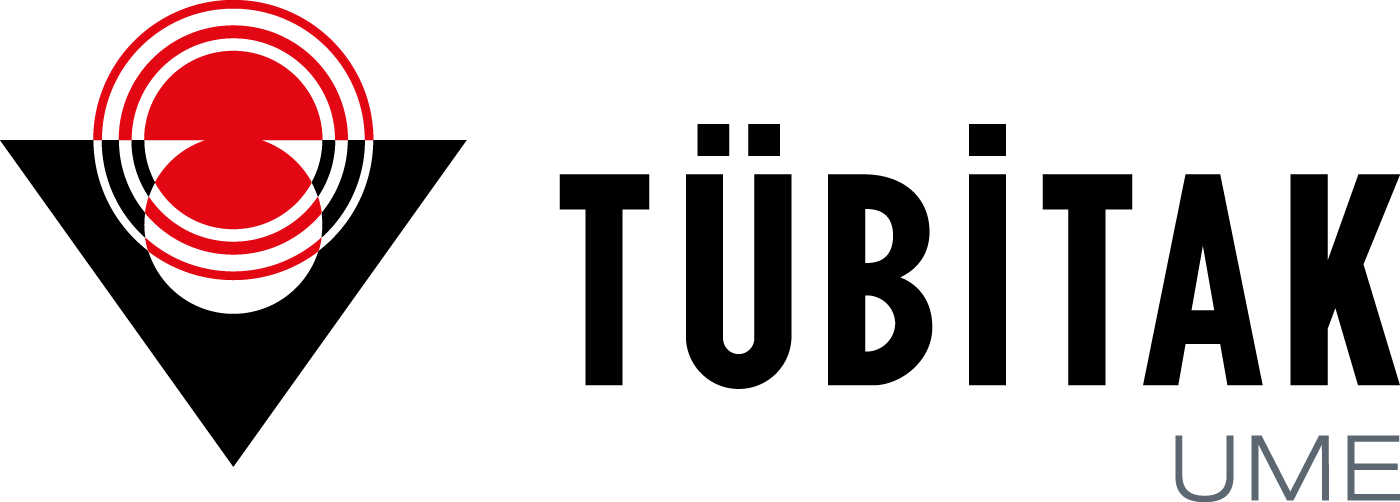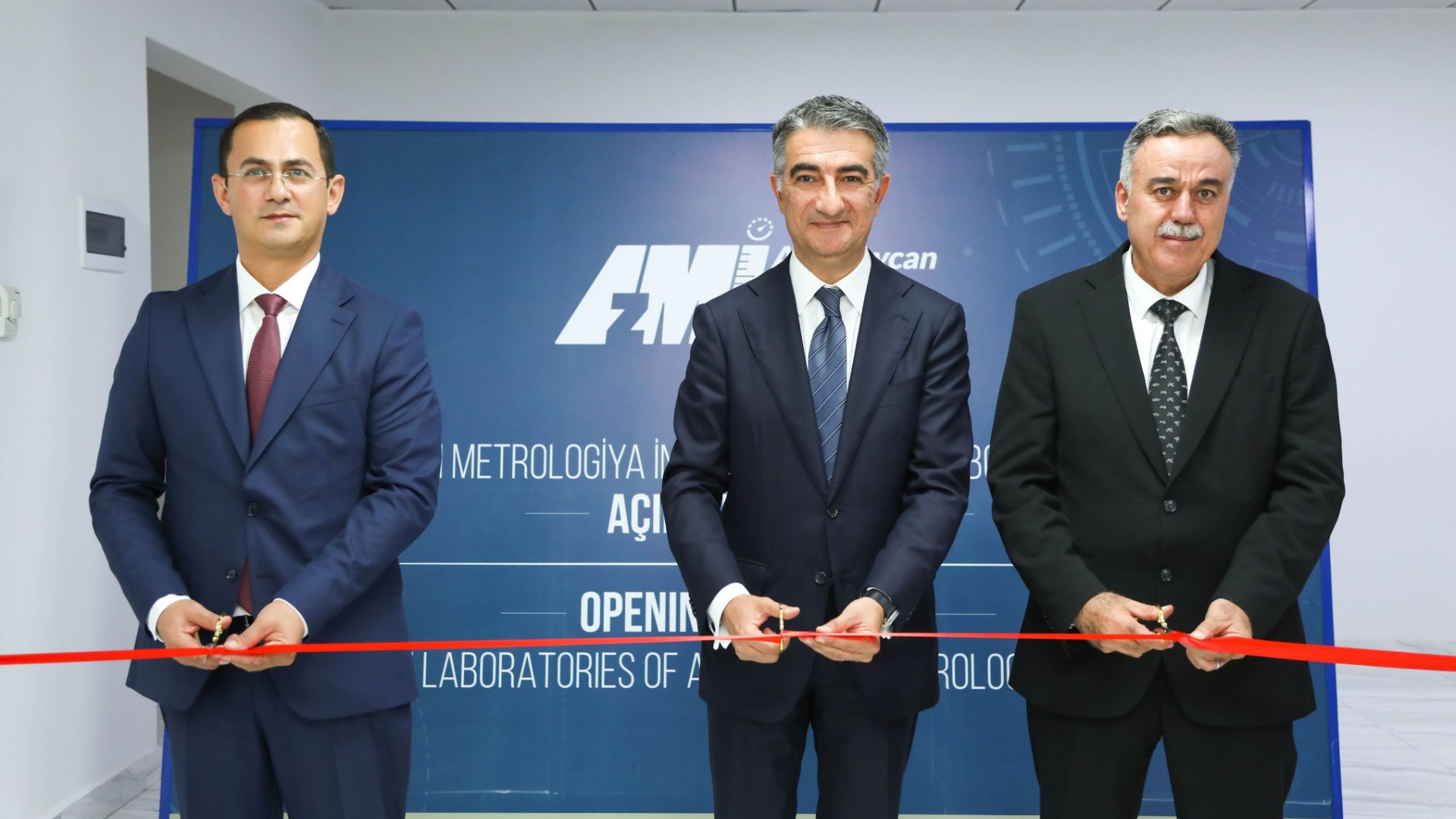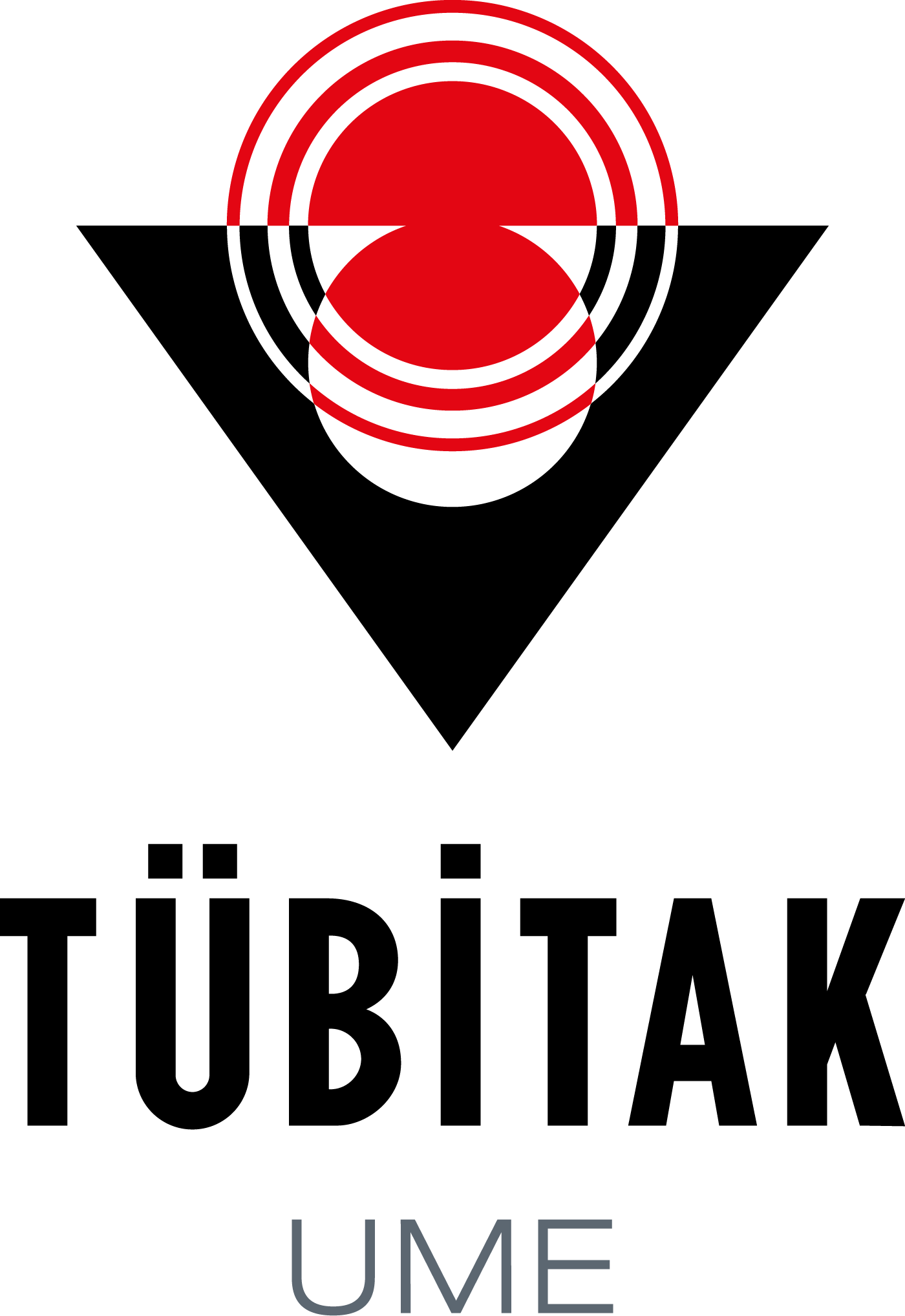The "leap second" practice, which caused significant problems in technological infrastructure, is coming to an end.
At last week's meeting of the General Conference on Weights and Measures, the general assembly of the metrological world, it was decided to abolish the Coordinated Universal Time scale (UTC) and leap seconds, which have been in place since 1972 to compensate for variations in the Earth's rotation around its axis, by 2035.
After it was determined that the UTC scale, which is produced with information from 550 atomic clocks in 85 international laboratories, including TÜBİTAK UME, shifted forward by at least 35 seconds after 1972, in other words, the solar day shifted forward by about 1 second every year compared to the atomic clock day, the practice of adding "leap seconds" to the atomic clock scale in certain years was started with the recommendation of the International Earth Return Service (IERS) in order to keep the difference between the two time scales below 1 second.
However, with the development of digital technology and the Global Positioning System (GNSS) system, especially in the last decade, this practice, which is carried out almost every year, has started to create serious problems. Many international institutions and companies' servers went offline, causing financial losses in important sectors such as GNSS, banking, communications and energy transfer.
Due to these problems, the issue has been discussed by experts for a long time, and based on the demands of the digital technology sector and the opinions of all parties, the CGPM decided to stop the leap second adjustment caused by the shift in the rotation period of the earth in UTC as of 2035.
This historic decision, which will not have a negative impact on the functioning of daily life, is expected to ensure the continuous flow of seconds without interruptions caused by irregular seconds.
In our country, the internationally traceable National Time Scale UTC (UME) is produced and distributed at TÜBİTAK National Metrology Institute (UME) using 5 Cs (Cesium) and 1 H (Hydrogen) atomic clocks. Every day, the time difference between the time signals from GNSS satellites and TÜBİTAK UME atomic clocks is measured and sent to the International Bureau of Weights and Measures (BIPM) at 00:00 every night.
TÜBİTAK UME Time, Frequency and Wavelength Laboratory is one of the 85 laboratories contributing to UTC production with this activity, and 6 of the 550 atomic clocks used in UTC production are located in TÜBİTAK UME.
The national time UTC (UME) produced at TÜBİTAK UME is compared every day with the national time of developed European countries and the national time of the USA using GNSS common view and the Two-Way Satellite Time and Frequency Transfer (TWSTFT) method.
On the BIPM website, TÜBİTAK UME's contribution to UTC production and the time difference between UTC and UTC(UME) are published daily, thus ensuring international traceability of national time. As a result of recent active efforts, the time difference between the national UTC(UME) time scale and UTC is now produced below 10 nanoseconds. UTC(UME), which is produced at TÜBİTAK UME and distributed via internet line and NTP system, receives at least 50 million calls from national and international users every day. This number of calls is of great importance both in terms of the service provided and the recognition of TÜBİTAK UME and the reliability of national time.
In addition, TÜBİTAK UME continues to work on the production of national and domestic atomic clocks. In this process, TÜBİTAK UME has also succeeded in producing portable Rb atomic clocks that can be used in the defense industry, space and communication sectors.
TÜBİTAK National Metrology Institute has launched a project to develop Turkey's first optical atomic clock. Optical atomic clocks, the state-of-the-art technology in time measurement, can have 10 to 100 times higher stability than the best microwave atomic clocks. The Sr optical-mesh atomic clock to be developed by TÜBİTAK UME is planned to measure with a deviation of less than 1 second in 1 billion years.
With the optical atomic clock to be developed, it is aimed to increase the accuracy of the current time scale of our country more than 100 times, and to pioneer many innovations in the fields of positioning (navigation), fast communication, electronic signature, new generation radar systems, development of engineering products, redefinition of basic physical constants, relativistic geodesy, quantum computing and similar fields.










